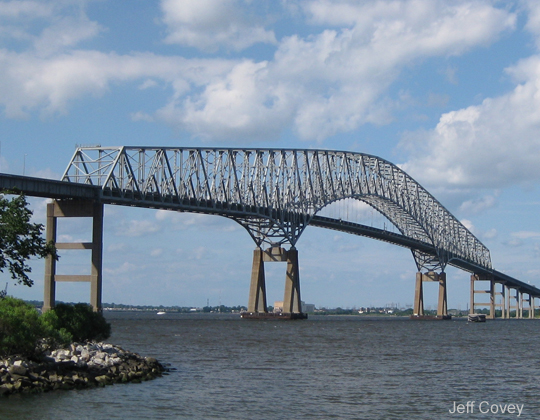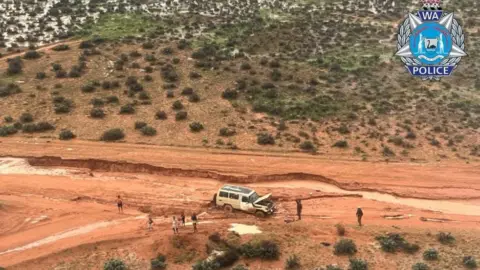Police Use Water Cannons on Dakota Access Pipeline Protesters in Below-Freezing Weather

December 21, 2016
On Sunday, November 21st, protesters in North Dakota against the Dakota Access Pipeline were subject to what some people believe to be police brutality. Despite weather in the 20s, the North Dakota Police made the decision to use water cannons on the protestors, sending 17 to the hospital, where some were treated for hypothermia, (The Washington Post).
The Dakota police continue to defend their use of the water cannons on the protestors. According to The Washington Post, the Morton County Sheriff’s Department referred to the situation as an “ongoing riot” in which “very aggressive” protesters were attempting to “flank and attack the law enforcement line”.
There are conflicting opinions over whether the protesters were victims of police brutality.
The According to, The Washington Post, in addition to the water cannons, North Dakota police utilized tear gas, pepper spray and rubber bullets to push back the masses of demonstrators.
This raises some questions over the ethicality of police weaponry. In what situations should it be permitted for government forces to take lethal or harmful action on civilians? The past several years have been heavily focused on this question.
The actions of the North Dakota Police Department were legal as the demonstrators refused a government order, although not necessarily ethical.
Madison Donaldson shares her opinion:
“No, I don’t think that is was ethical for the police department to harm any civilians.”
Some have pointed out the irony in this situation, as the police decided to use water as a weapon against the civilians who were protesting the Dakota Access Pipeline and its threat to Standing Rock’s water supply.

Photo credits: The Atlantic











